Motorcycles have become a popular mode of transportation in the Philippines due to their affordability, fuel efficiency, and ability to navigate through traffic. However, to legally operate a motorcycle on public roads, one must obtain a motorcycle license from the Land Transportation Office (LTO).
This article will provide a comprehensive guide to the LTO Motorcycle License Requirements to Drive, processes, and essential information regarding acquiring a motorcycle license in the Philippines.
Understanding the Importance of a Motorcycle License
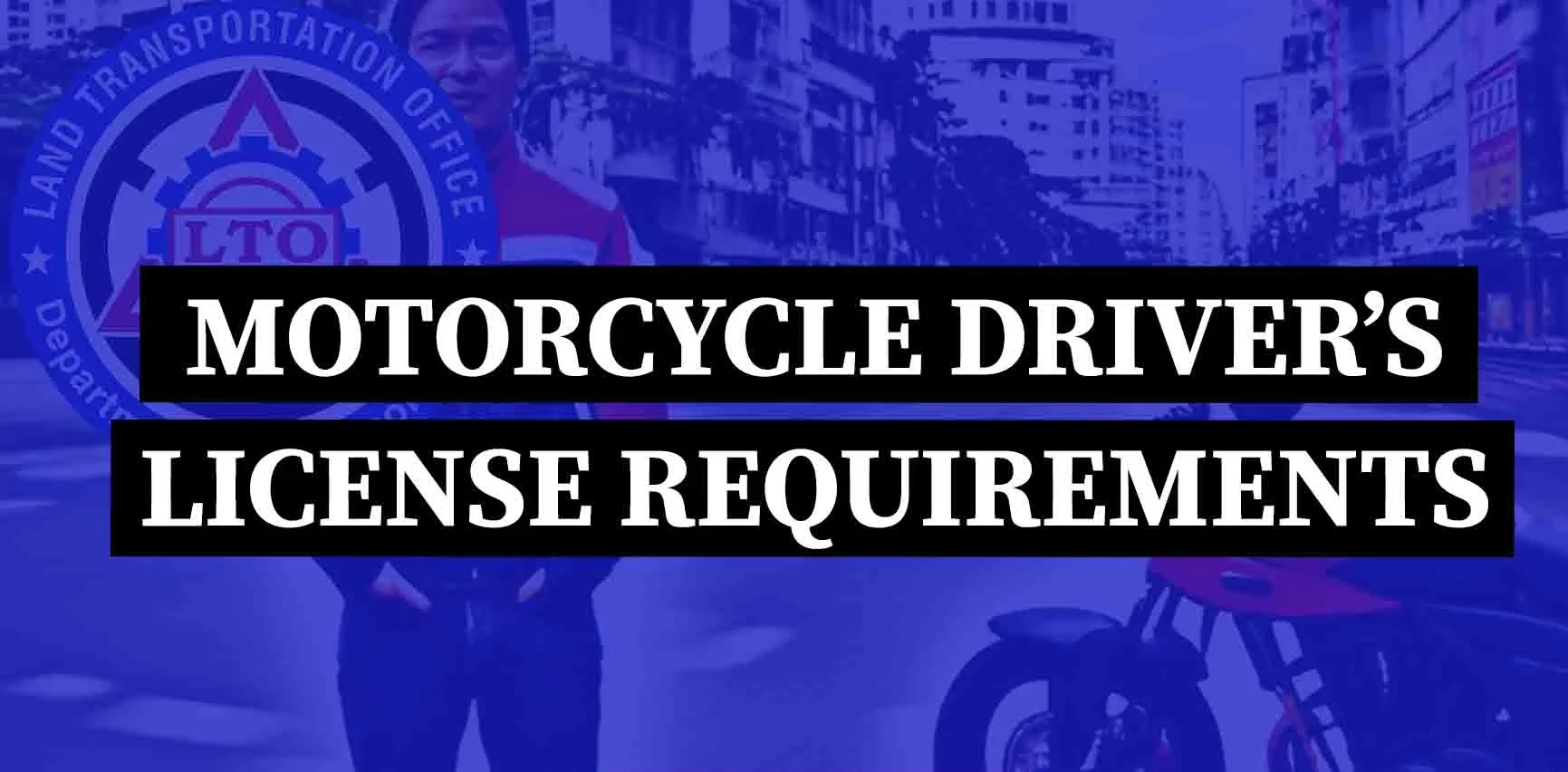
A motorcycle license is not just a legal requirement; it also serves to ensure that the rider has undergone the necessary training and possesses the skills to operate a motorcycle safely. This helps reduce the risk of accidents and promotes safer roads for all. Additionally, a valid motorcycle license is essential for insurance purposes and can serve as a valid form of identification.
Motorcycle License to Drive in the Philippines
In the Philippines, a motorcycle license is an essential requirement for anyone wishing to operate a motorcycle on public roads. Issued by the Land Transportation Office (LTO), this license comes with specific driver’s license codes that indicate the holder’s authorization to drive motorcycles. Understanding the requirements and regulations surrounding motorcycle licensing is crucial for both new and experienced riders.
What is a Motorcycle License?
A motorcycle license in the Philippines is a type of driver’s license with specific codes—previously known as Restriction Codes (RC) 1, now reflected as DL Codes A and A1. These codes signify the holder’s permission to operate motorcycles and certain types of three-wheeled vehicles.
Types of Motorcycle Licenses
- DL Code A: This code authorizes the holder to drive any motorcycle regardless of its engine size, including various models such as Mio, NMax, and Smash. It covers all transmission types, including automatic, semi-automatic, and manual.
- DL Code A1: This code is specific to three-wheeled vehicles, including motorcycles with sidecars and tricycles. Holders of this license can operate vehicles like e-tricycles and tricycles for public transport.
LTO Motorcycle License Requirements to Drive
1. Age Requirement
- Student Permit: Available at age 16 for first-time applicants.
- Non-Professional Driver’s License (NPDL): Minimum age of 17.
- Professional Driver’s License: Minimum age of 18.
2. Medical Certificate
A medical certificate from an accredited physician is required to confirm that the applicant is physically and mentally fit to ride a motorcycle.
3. Valid Identification
Applicants must present at least one government-issued ID, such as:
- Passport
- Voter’s ID
- SSS ID
- GSIS ID
4. Theoretical Driving Course (TDC)
Before obtaining a student permit, applicants must complete a Theoretical Driving Course, which covers essential topics like traffic rules and safe riding practices.
5. Practical Driving Course (PDC)
This course is necessary for those applying for a Non-Professional or Professional license, focusing on hands-on motorcycle operation.
6. Application Form
The application form can be obtained from the LTO office or downloaded online. It requires personal information and details about the license type being applied for.
7. Payment of Fees LTO Motorcycle License to Drive
Fees vary depending on the type of license. It’s important to be aware of the costs involved.
Application Process for a Motorcycle License
Step 1: Gather Required Documents
Collect necessary documents, including a valid ID, medical certificate, TDC completion certificate, and completed application form.
Step 2: Visit the LTO Office
Go to the nearest LTO office. Check if appointments are required or if walk-ins are allowed.
Step 3: Submit Documents
Present your documents for verification. The LTO personnel will check your eligibility.
Step 4: Written Examination
Applicants must take a written exam that tests their knowledge of traffic laws and regulations.
Step 5: Practical Driving Test
Following the written exam, a practical driving test assesses the applicant’s riding skills.
Step 6: Receive Your License
If you pass both exams, you will be issued your motorcycle license.
Distinctions Between Motorcycle License and Motor Vehicle License
Understanding the difference between motorcycle licenses (DL Codes A and A1) and motor vehicle licenses (DL Codes B and B1) is essential for drivers:
Vehicle Type
- Motorcycle License: Allows operation of motorcycles, scooters, tricycles, and mopeds with a maximum speed exceeding 50 kph.
- Motor Vehicle License: Permits driving cars, vans, and similar vehicles.
Training Requirements
- Motorcycle License: Requires specific training tailored for motorcycle operation.
- Motor Vehicle License: Involves training focused on car operation.
Testing Process
- Motorcycle License: Tests are specific to motorcycles.
- Motor Vehicle License: Tests are designed for cars.
Restrictions
Holding a motorcycle license does not automatically permit the operation of cars and vice versa. Separate DL codes are needed.
Additional Considerations
Endorsements for Additional Vehicles
Drivers can acquire additional DL codes for different vehicle types by passing additional tests. For instance, it’s possible to hold both motorcycle and car endorsements on a single non-professional license.
License Renewal
Both motorcycle and motor vehicle licenses require renewal. The process is generally similar for both types.
Staying Updated
To ensure compliance and gain the most accurate information regarding licensing requirements, it is advisable to check with the LTO or visit their official website.
Types of Motorcycle Licenses in the Philippines
In the Philippines, motorcycle licenses fall under two main categories:
- Student Permit: This LTO Motorcycle License Requirements to Drive allows the holder to practice riding a motorcycle under the supervision of a licensed driver. It is valid for a maximum of one year.
- Non-Professional Driver’s License: This allows the holder to operate motorcycles with an engine displacement of up to 400cc.
- Professional Driver’s License: This is for individuals who wish to operate larger motorcycles or those used for public transport and delivery..
Motorcycle License Fees
The fees for obtaining a motorcycle license can vary depending on several factors, including location and the type of license. As of the latest information, here’s a general breakdown of fees:
- Student Permit Fee: Approximately Php 100 to Php 150
- Non-Professional License Fee: Approximately Php 500 to Php 700
- Professional License Fee: Approximately Php 600 to Php 800
- Theoretical Driving Course Fee: Varies by driving school, typically between Php 1,000 to Php 2,500 for face-to-face sessions and cheaper for online courses.
Validity and Renewal of Motorcycle License
License Validity
- Student Permit: Valid for one year.
- Non-Professional License: Valid for five years.
- Professional License: Valid for five years.
Renewal Process
To renew your motorcycle license, you will need to visit the LTO office before your current license expires. Bring the necessary documents, which may include:
- Your expiring motorcycle license
- Valid ID
- Payment for renewal fees
The renewal process typically does not require a written or practical test if your license is renewed on time.
Benefits of Having a Motorcycle License
- Legal Compliance: Riding without a valid license can result in fines and penalties.
- Safety: Having a license indicates that the rider has received proper training and is aware of road rules and safety measures.
- Insurance Eligibility: Most insurance companies require a valid motorcycle license for coverage.
- Increased Mobility: A motorcycle license provides greater freedom and mobility, allowing individuals to navigate through traffic more easily.
- Professional Opportunities: For those looking to work in delivery services or transportation, having a professional motorcycle license is often a prerequisite.
Common Challenges Faced by Applicants
1. Long Queues
Many applicants report long wait times at LTO offices, which can be frustrating. It’s advisable to visit during off-peak hours or to schedule an appointment online if possible.
2. Understanding Requirements
Some applicants may find the requirements confusing. It’s important to carefully read the guidelines on the LTO website or consult with LTO personnel for clarification.
3. Preparing for Exams
Passing the written and practical exams can be challenging for some. Consider enrolling in a driving school to better prepare yourself.
4. Financial Constraints
The cost of obtaining a motorcycle license can be a barrier for some individuals. Look for affordable driving schools or programs that may offer assistance.
Tips for a Smooth Application Process
- Be Prepared: Gather all necessary documents before visiting the LTO to save time.
- Know the Fees: Familiarize yourself with the fees to avoid surprises.
- Take a Driving Course: Consider enrolling in a driving school to improve your chances of passing the exams.
- Visit During Off-Peak Hours: To avoid long lines, try to visit the LTO office early in the morning or late in the afternoon.
- Stay Calm and Patient: The process may take time, so it’s essential to stay patient and follow the instructions of the LTO personnel.
Conclusion
Obtaining a motorcycle license in the Philippines is a straightforward process if you are well-prepared and understand the requirements. By following the guidelines outlined in this article , you can navigate the application process more effectively.
A valid motorcycle license not only ensures compliance with the law but also promotes safety on the roads. Whether you’re a first-time rider or a seasoned motorcyclist, being knowledgeable about the requirements and processes will help you enjoy the freedom and convenience that comes with riding a motorcycle. Always remember to ride responsibly, wear protective gear, and adhere to traffic rules for a safe and enjoyable riding experience.
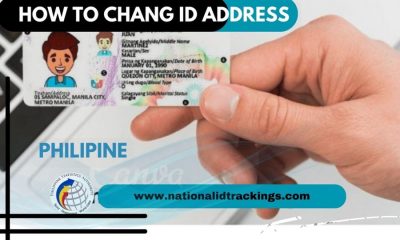
 Uncategorized12 months ago
Uncategorized12 months ago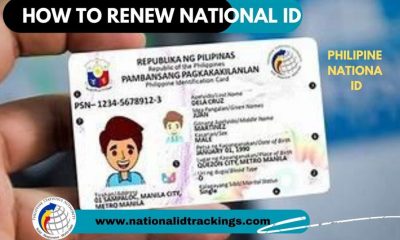
 Uncategorized11 months ago
Uncategorized11 months ago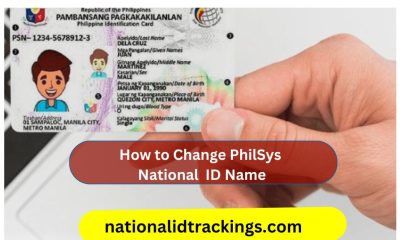
 Uncategorized11 months ago
Uncategorized11 months ago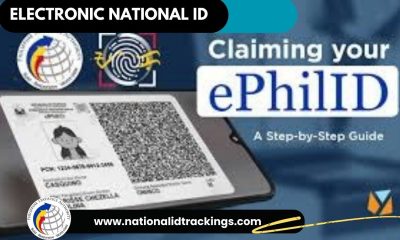
 Uncategorized12 months ago
Uncategorized12 months ago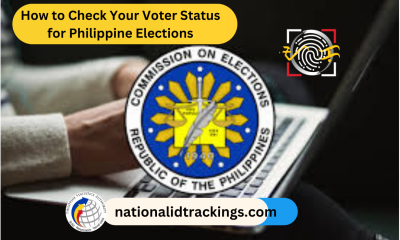
 Uncategorized11 months ago
Uncategorized11 months ago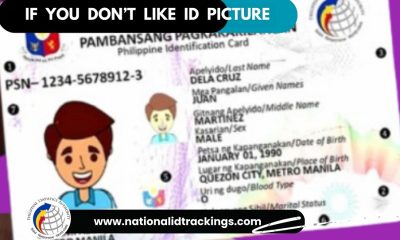
 Uncategorized12 months ago
Uncategorized12 months ago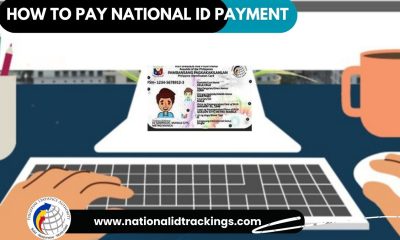
 Uncategorized11 months ago
Uncategorized11 months ago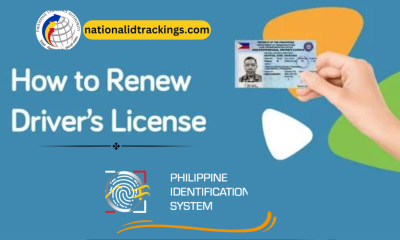
 Uncategorized11 months ago
Uncategorized11 months ago
 Uncategorized11 months ago
Uncategorized11 months ago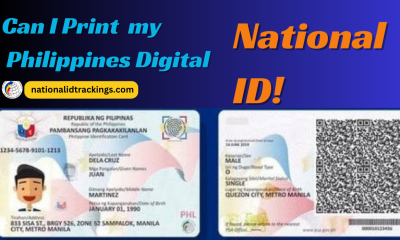
 Uncategorized9 months ago
Uncategorized9 months ago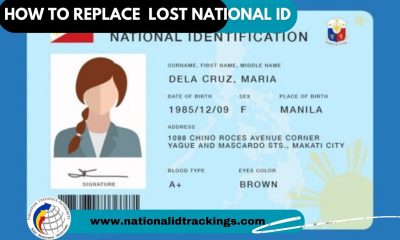
 Uncategorized11 months ago
Uncategorized11 months ago
 Uncategorized9 months ago
Uncategorized9 months ago
-Feb-07-2024-03-07-18-5160-AM.png?width=600&height=400&name=Pics%20for%20blog%20-%20600x400%20(1)-Feb-07-2024-03-07-18-5160-AM.png)